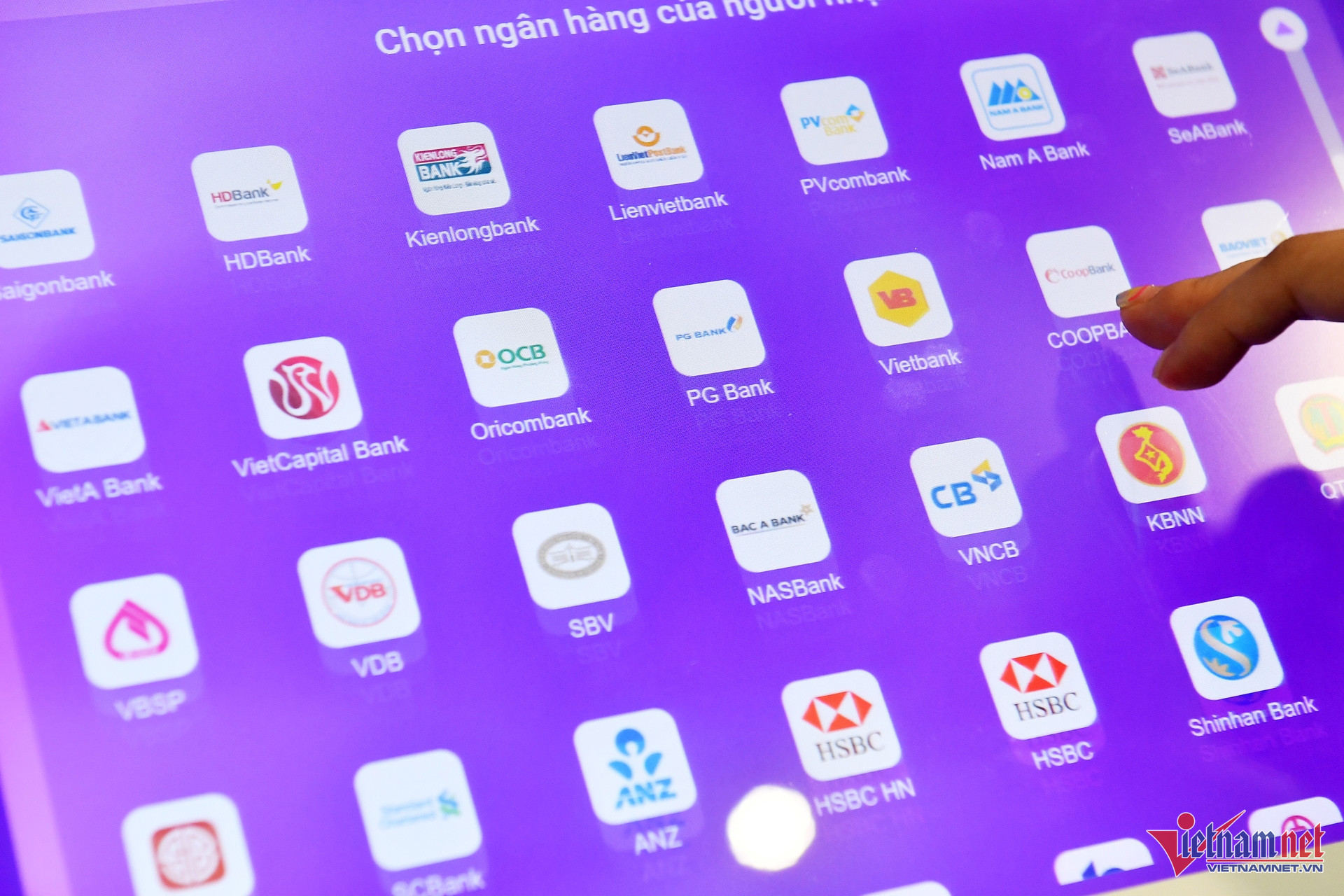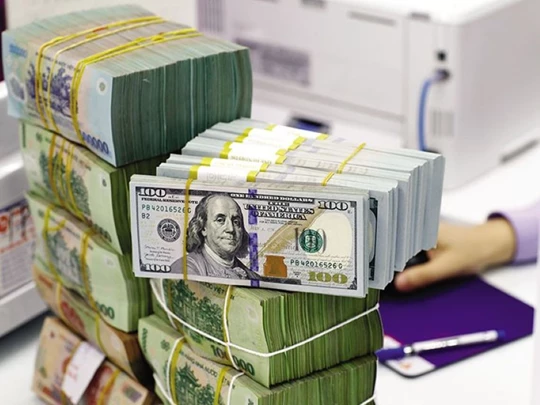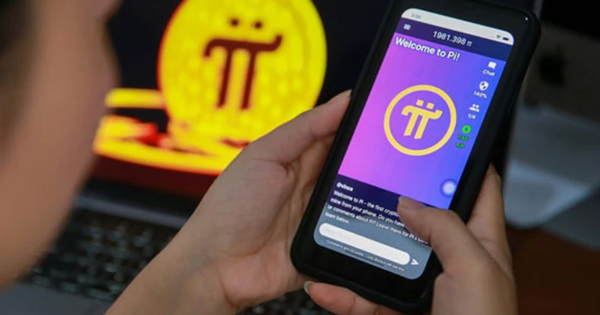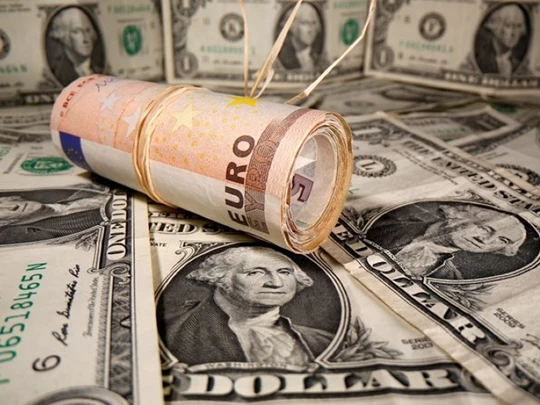From the personal information and OTP code provided by the victim, the scammer links the e-wallet to the bank account, withdraws money to the wallet and appropriates the money.
E-wallet transaction fraud
Banks recommend some scam in e-wallet transactions, how to avoid. Fraudsters often use phone numbers claiming to be bank officers or representatives from major e-wallets such as VNPay, ZaloPay, ... to call, send emails, or text via SMS/Zalo to approach customers, advise on withdrawing cash from credit cards, borrowing money online, announcing winnings, taking care of and collecting survey opinions, ... from there requiring customers to open an e-wallet account.
The subject asks customers to scan the QR code or click on a fake link, leading to a website with an interface similar to a bank or e-wallet, asking for personal information and account/credit card information with the excuse of supporting loan procedures, receiving rewards, or creating a wallet account. The scammer often asks for information such as: full name, ID card number, account number, password, card number, OTP code, etc.
After collecting information provided by customers, the scammer will create fake accounts, thereby controlling the victim's banking application and e-wallet. Cheat Link the e-wallet to the victim's bank account, then withdraw money from the bank account to the wallet and appropriate the money.

The bank recommends that customers be absolutely vigilant against calls from strange phone numbers, or from messages or emails asking to scan QR codes. Absolutely do not click on links of unknown origin received via messages/emails. Do not register accounts/electronic identification for others.
Do not provide personal/bank account information over the phone or on social media. Check communications carefully, especially requests to transfer money or provide information over the phone or on social media.
Do not download or install applications via unofficial links (urls) or other instructions of unknown origin via links or application installation files on the Android operating system (APK files), etc. Only install software announced by the authorities on the official website.
Check the application and features before granting permissions to view the screen, input data, and control the screen. Proactively turn on/off the online payment feature on the banking application to control online transactions.
Impersonating shipper to steal customer's money
Recently, a new scam has appeared, where a person impersonates a shipper and calls to deliver ordered goods, gifts from a seller, or gifts from a bank (e.g. credit card), and the customer only needs to pay the delivery fee.
The subject often chooses a time when the customer is not at home, constantly urging to receive the goods with the reason that if not delivered on time, the target of the day will not be met. The customer is often convinced and makes a transfer to pay for the order or delivery fee.
After receiving the payment, the subject informed the mistake, the receiving account is the sending member account, the customer will be deducted monthly for this membership package.
The subject sends a fake link and phone number (for example: 1900xxxx), asking customers to contact to cancel the membership package and get a refund. When accessing the link and providing information, the customer's bank account or card will lose money.
Banks recommend not to transfer money or pay for orders with unclear information such as bill of lading, recipient, or orders that do not originate from customer needs.
Do not share personal information such as address, phone number on social networks. Do not scan QR codes of unknown content.
Be cautious with invitations and gifts from anyone, including bank employees. Confirm information with the seller through official channels before transferring money. Do not click on links without clearly verifying the information of the requester. The bank does not collect any fees through the shipper.
Source






































![[Photo] Prime Minister Pham Minh Chinh chairs Government Conference with localities on economic growth](https://vstatic.vietnam.vn/vietnam/resource/IMAGE/2025/2/21/f34583484f2643a2a2b72168a0d64baa)




















































Comment (0)